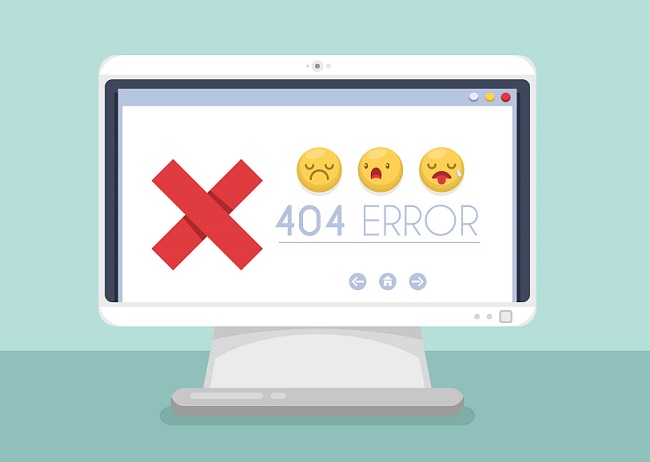To obtain reliable and relevant results, special attention must be paid when designing an online survey. Whether you are a company or an individual, it is crucial to avoid common mistakes that can compromise the quality of the data collected.
In this article, we present the mistakes to avoid when designing an online survey, focusing on defining objectives, formulating questions, designing the layout, collecting and analyzing data, as well as best practices for optimizing your questionnaire. By following this advice, you will be able to create an effective and reliable online survey, which will provide you with valuable data.
>> The essential features of an online survey software, click here

Common mistakes in defining the objectives of the online survey
Clearly defining objectives is a crucial step in designing a survey. It guides all subsequent decisions regarding content and methodology. Unfortunately, many people make mistakes at this stage, compromising the quality of the results.
The importance of defining clear objectives for your online survey
Precise objectives allow you to design appropriate questions and methodology to obtain the desired data. They guide the analysis and interpretation of results. Vague objectives provide confusing directions.
Avoid multiple and confusing objectives when designing a survey
Focusing on one or two main objectives allows you to stay focused. Too many objectives make the questionnaire confusing and the results difficult to interpret. Each objective requires dedicated questions.
Mistake to avoid: neglecting audience targeting
Properly defining the target audience is essential to ask relevant questions. Data needs vary widely between population segments. Poor targeting compromises the quality of results.
Pitfalls to avoid when formulating questions
How questions are formulated is crucial to obtain quality results. Some common mistakes should be avoided as they can distort or limit responses.
Carefully formulate questions by following a few basic principles to ensure reliability of collected data.
Questions to absolutely avoid in an online survey
Some questions should be avoided because they unduly influence respondents. For example, suggestive, double-barreled, hypothetical or technical vocabulary questions. Also avoid overly long or complex questions.
How to formulate accurate and relevant questions?
Ask short, simple and neutral questions. Refocus on the main objectives of the survey. Avoid jargon and clarify technical terms. Test questions to identify issues before launch.
The impact of loaded questions on online survey results
Loaded questions, revealing pre-existing opinions, influence participants’ answers. This introduces significant bias in the results and must absolutely be avoided.

Common design and layout errors in survey creation
Visual design and ergonomics are crucial to ensure good user experience and optimize response rates. Some common pitfalls should be avoided.
The importance of an attractive design and clear layout
A clean design, with a consistent visual identity, encourages respondents to participate in the online survey. Good spacing, concise text blocks and intuitive navigation improve experience and drop-out rate.
Avoid navigation and accessibility errors
Navigation should be simple and consistent, allowing respondents to easily move from one page or section to another. The survey should also be accessible to people with disabilities, respecting accessibility standards.
Mistake to avoid: neglecting mobile optimization
Nowadays, many people respond to surveys on their smartphone. It is therefore essential that the questionnaire be responsive, with a layout adapted to small screens, to avoid drop-outs.
Mistakes to avoid when collecting and analyzing data
Appropriate data collection and analysis are essential to ensure reliable and usable results. Some common mistakes should be avoided.
Common data collection errors in online surveys
Typical errors include an unrepresentative sample, insufficient response rate, and lack of measures to detect invalid responses. These issues introduce bias and compromise data quality.
How to effectively analyze results?
Rigorous statistical analysis is required, checking internal consistency, response distribution, relevant means and correlations. Interpretation must remain objective and focused on the survey’s key issues.
Avoid data interpretation errors
Typical errors include overinterpreting minor differences, extrapolating beyond the sample, and hasty conclusions without statistical validation. Keeping methodological limitations in mind helps formulate cautious and realistic findings.
More about surveys:
Protecting Form Software Data Collection, click here
The hazards of free questionnaire software usage, click here
Choosing the Right Time to Send an Online Form, click here
The Benefits of Using Online Quizzes in Education, click here
Using Online Surveys to Spot Emerging Market Trends, click here
The significance of pre-launch trial runs for online surveys, click here
Encouraging Website Visitors to Participate in Online Surveys, click here
The Impact of Form Findings on Business Strategy Development, click here
10 Proven Strategies to Increase Response Rates for Your Online Forms, click here
The Importance of Including a Survey on Your Website for Visitor Satisfaction, click here
Read the article:
French – Erreurs à éviter dans un sondage en ligne, click here
Portuguese – Erros a evitar em uma pesquisa online, click here
Polish – Błędy do uniknięcia w internetowej ankiecie, click here
German – Fehler, die man bei einer Online-Umfrage vermeiden sollte, click here
